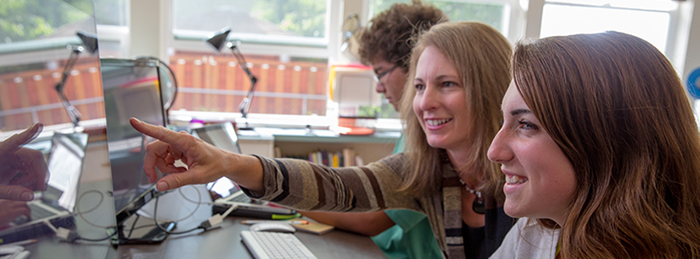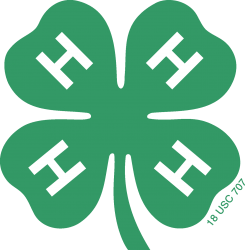The 2013 National Youth Science Day Experiment, 4-H Maps & Apps explores how geography and geographic information systems (GIS) help people make smart decisions that improve lives, respect our natural resources, and make a positive impact in our world.
WHY GIS? For thousands of years, humans have created maps in order to document, explain, or describe their physical space. Whether on cave walls, stones, silk, wood or paper, our ancestors used maps to convey information about their surroundings. With the development of sophisticated spatial technologies, including geographic information systems (GIS), remote sensing (RS), and the global positioning system (GPS), we can now view our world and document what we observe in tremendously exciting and complex ways.
GIS enables us to take any kind of spatial data — any information that has a location associated with it — and overlay it on top of base maps with other data layers. Layering spatial data enables us to see patterns, do analyses, and solve problems in very powerful ways.
Exposing young people of all ages to GIS through science projects such as the 4-H Maps and Apps, can help them experience first-hand how this incredible technology can be used to solve real-world problems. It can help them discover new interests and career options, plus give them a taste of how geography impacts human life and our communities — today and in the future.
THE EXPERIMENT
- Getting Started GIS: A Different Way To See The World
- The Power Of GIS
- Break It Down: The Anatomy Of A GIS Map
- The Big And Small Of Scale
- Let’s Talk Layers
- Location, Location, Location
#4HSTEM

